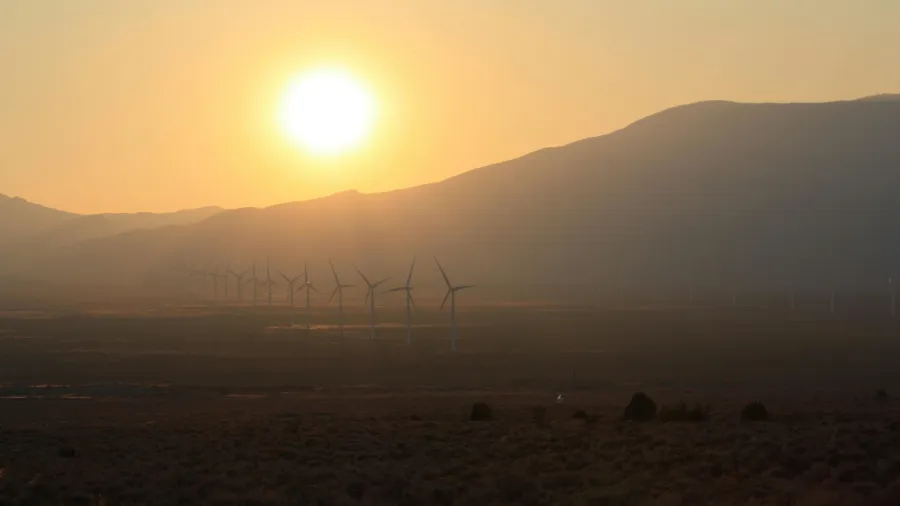
Floating solar capacity to reach 77 GW by 2033
APAC will lead the pack.
Floating solar photovoltaic (FPV) installations are projected to reach 77 gigawatts direct current (GWdc) by 2033, with the Asia Pacific (APAC) accounting for 81% of the global developments.
According to Wood Mackenzie’s report “Floating Solar Landscape 2024,” APAC will dominate nine of the top ten global floating solar markets, with an anticipated capacity of 57 GWdc from the region by 2033.
Harshul Kanwar, research analyst at Wood Mackenzie said India, China, and Indonesia are the top three countries for FPV capacity, with a total installed capacity of 31GWdc. This year alone, around 1.7GWdc of new capacity is expected to come online, with APAC contributing 90% of this growth.
“In the coming years, growing interest from leading renewable energy developers and private investments will drive the deployment of FPV. Companies such as BayWa r.e., Ciel & Terre, and Sungrow are expanding their projects across various continents,” said Afiq Naqiuddin, research analyst at Wood Mackenzie.
Harshul said the growth of FPV systems is driven by rising demand, decreased capital expenditure, and supportive policies for lower-carbon energy.
“While FPV CAPEX is approximately $0.13 to $0.15 per watt higher than that of ground-mounted solar PV systems, the recent drop in the prices of PERC and TOPCon modules to below $0.10 per watt has significantly reduced the overall FPV CAPEX,” the expert said.
Wood Mackenzie also reported that hybrid FPV-hydro projects, which optimise reservoir space and enhance energy storage, are gaining popularity. Their peak installed capacity is expected to reach its maximum between 2026 and 2028 due to longer commercialisation timelines.
However, the report also highlighted that multiple clearance requirement for project development, along with inconsistent technical standards, have caused delays in global FPV installations. As a result, the anticipated capacity has been postponed from 2024 to 2026 and possibly beyond.
“Recognising the benefits of floating PV and providing dedicated support schemes through auctions and innovative tenders for FPV, is key to further incentivise the development of the technology, enable market growth, and level the playing field among other solar technologies,” Kanwar said.

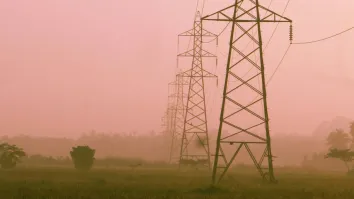
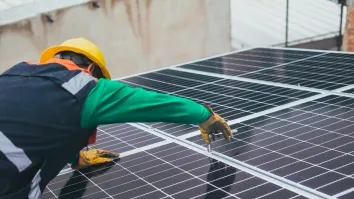





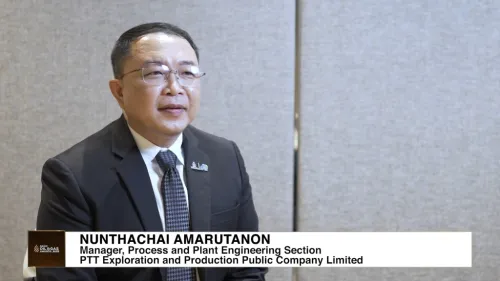
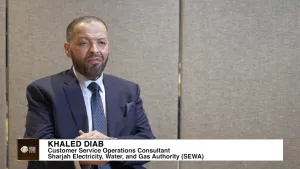




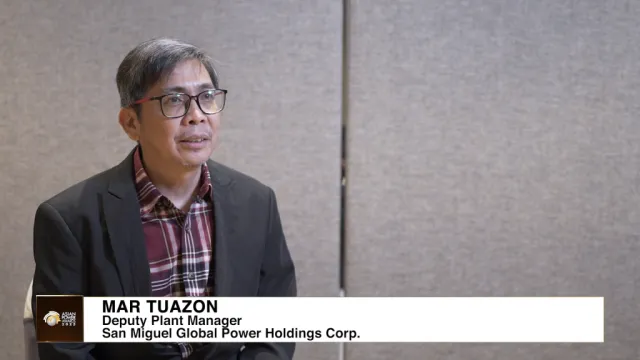
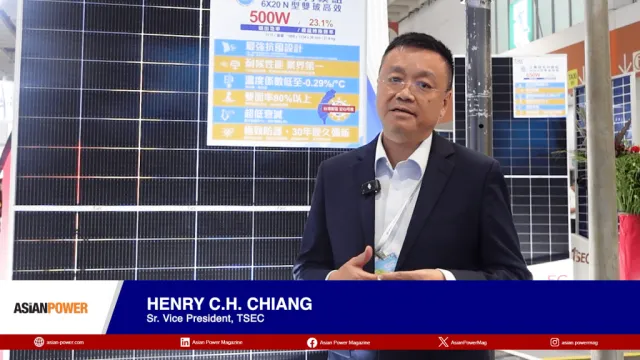

 Advertise
Advertise








